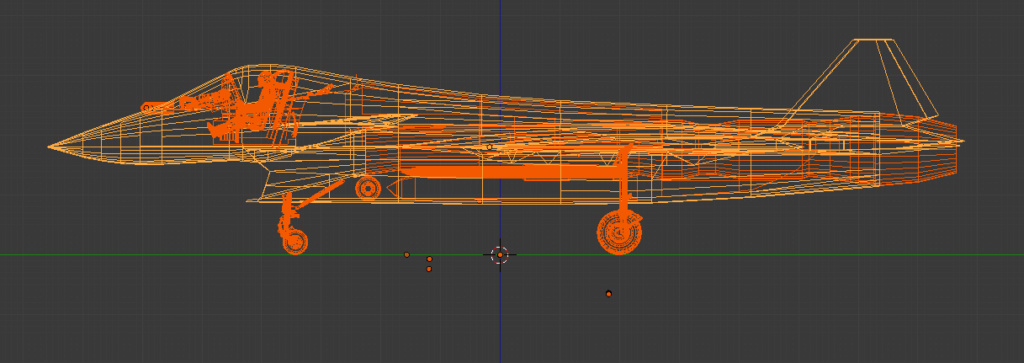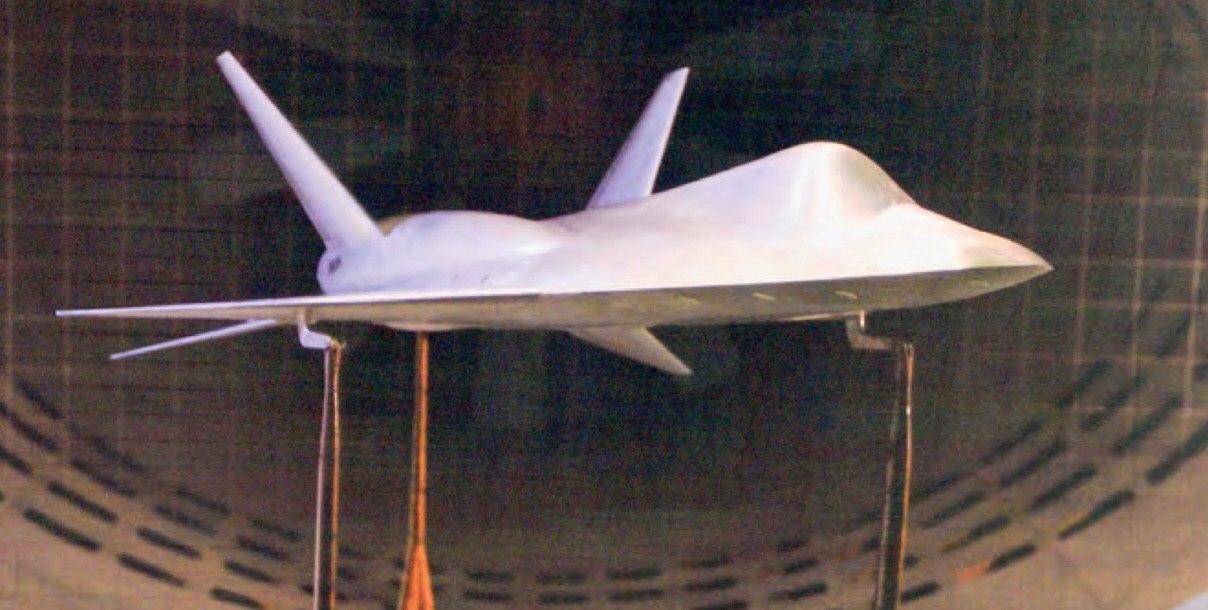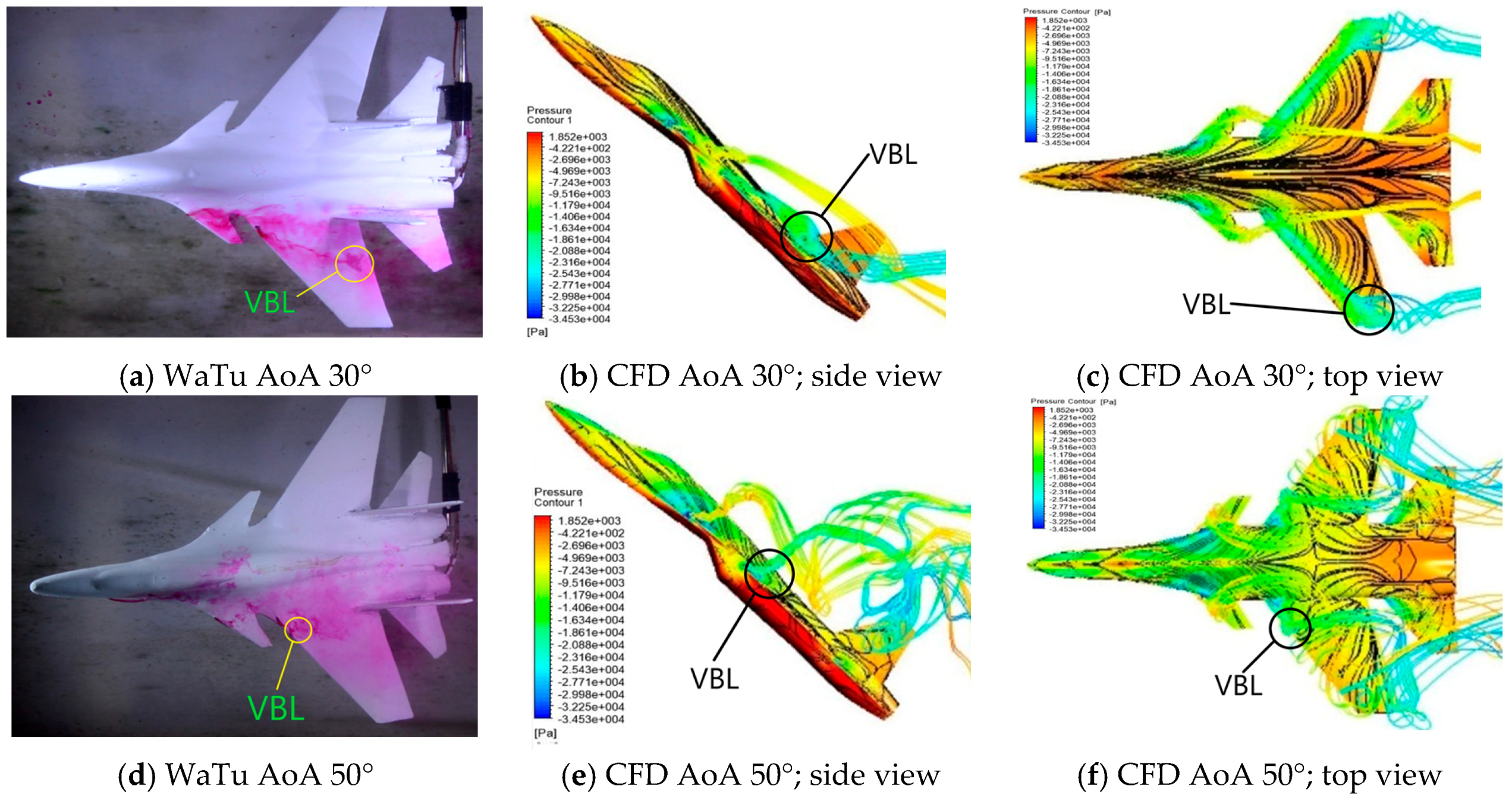Garry, I will try to research some actual values, so it is not a matter of opinions, but I still answer some points in advance.
GarryB wrote:I guess the key here is that their airfields are not in deserts in Russia so it really wont be as much of a problem most of the time.
If the front wheel is operating on a dirt trip it will create lots of dust, which low air intakes will ingest. That is BTW the reason why the Flanker has mud guards on the wheels, despite de mesh screens.
Not just low speeds... when the airflow is not moving over the control surfaces includes at very high angles of attack where a plane without TVC engines can stall or super stall...
Flankers could do >90º AoA already before the TVC was implemented, and that meant extremely low airspeeds, because a plane cannot fly flat against the wind for a long time... So in the end the problem with single engine TVC is just (IMHO) a small loss of roll authority at very small airspeeds, where yaw and pitch authority + plane's inertia can still be used and ensure noise pointing and recovery. Enemies have no TVC (F-35, Eurofighter, F-16, Rafale etc), while J-10C will have TVC on its only engine and only apparently J-20 will have TVC on two engines, which are very close to each other and hence may not have much roll authority. For this plane and for F-22 it is not even clear, whether differential deflection is programmed in the FCS.
Lets be realistic even a very small manned stealth fighter is not going to be actually cheap...
It is a relative issue. It needs to be x % cheaper than a medium or heavy fighter, so that more of them can be bought and operated.
MiG managed to make the MiG-35 smaller and cheaper with 90% of the capabilities of the bigger Flankers, but it has not won them any prizes...
Exactly. The market attractive of the Flanker is a direct consequence of its size. MiG on the other hand has no special sales arguments apart from price, and I am not sure whether this price difference is based on costs or rather on benefit margins... almost half the price in the market than a Flanker at the same margin would mean a MiG-29M costs like $10-12 million to produce, which I don't find likely
the only relatively cheap item would be a drone that flys with and supports fighters....
What kind of supporting drone are you imagining, in terms of layout and capabilities? They can be very basic, no stealth, no supersonic flight, no systems but just a dummy airframe with some missiles on it, but then their life is going to be short against any enemy with some capability to monitor airspace. I imagine actually a small plane that can do dogfight and fly supersonic, so it can actually oppose enemy fighters. It may be more expensive than the others, but still a huge advantage because it can be exposed to attrition, no pilots need to be trained and little if any flight hours are needed to keep them fit. Actually this is the reason why I think in the near future there is going to be a massive shift towards unmanned platforms under command of manned ones, which try to stay far from the fray.
the Su-57 has the S-70, which at 20 tons should be rather expensive by your measure if the 18 ton normal TOW MiG-35 is too heavy to be considered a light fighter...
The Okhotnik is quite ok for A2G and reconnaissance roles: very stealthy, huge persistence, economic to operate (single engine, no A/B in the final version) and with capability to carry big weapons, which are necessary for that role.
The MiG-35 is normally considered a medium fighter, but everything needs to be compared within the proper context. Su-27 is like 16 t, F-15 13 t, F-16 8 t. MiG-29 with 11 t, 17 m long and two engines is definitely not a light fighter. F-16 would be at the upper limit of what can be considered a light fighter, but as said 5G demands a certain size growth. The way I see it, if it can be powered by one engine of the type used in heavy fighters, then it is light and contributes further to the economies of scale of the air force.
Would have to be lighter than that... at 24 tons MTOW and 18 tons NTOW the MiG-35 is too heavy remember...
That is the lower limit I think... For the MiG on the other hand the problem is not those weights you mention, but the little fuel and load it carries and how heavy it is intrinsically. A F-16A has a MTOW 2.32 times its empty weight, the Rafale 2.48 times. The MiG probably does not even reach MTOW 2 times its empty weight. In the Flanker the big empty weight is more or less justified because it does not need EFTs, but that is not the case of the MiG.
Internal weapons is going to make the new aircraft draggier and bigger and heavier, which means an even bigger engine will be needed... more expense...
Let us see whether newer weapons can be carried conformally in new designs without compromising drag and RCS too much. The KFX was moving in that direction apparently, at least for the first variant.
It is intended to use ARMs for SEAD missions and will also carry long range AAMs too... why do you think it is only A2G?
Because it cannot manoeuvrer or accelerate. It can have self defence weapons o maybe even be used as a mobile SAM, but it is not your typical A2A asset, it cannot be.
One of the roles a UCAV could perform is a zoom climb to altitude and speed to launch long range AAMs at targets deep inside enemy held airspace... any extra height and speed will boost performance of any AAM...
Not the Okhotnik I think, TWR is going to be terrible an max speed subsonic... the fight will be over by the time it can climb

They are not going to make a separate type for air to air...
They should

they probably wouldn't break even on fuel costs alone for a decade and that ignores the more expensive spare parts...
Yeah well, that is a shame. But you need to introduce newer technology which has not been still paid for, or we would still use horses and swords. Once the production has been established the price differences need to be reduced. But it is an interesting topic to research.
Ok thanks, I will check it out.
No, you can't just stick any old engine into an aircraft... get the power and size wrong and you end up with a very short range aircraft.
C'mon, it was just a theorical argument against twin engine fighters having per se higher TWR

Actually a F-16C has higher TWR empty than the MiG-29
Two engines increases the internal space which increases drag but modern stealth aircraft need more internal volume for internal weapons anyway.
If you do that you loose badly in kinematics. Su-57 has a smaller cross sectional area than a Flanker.
Just a quick modification of the proposal I made turned into UCAV, so that it is clearer what I mean. 15.5 m long, ca. 10 t empty:
















